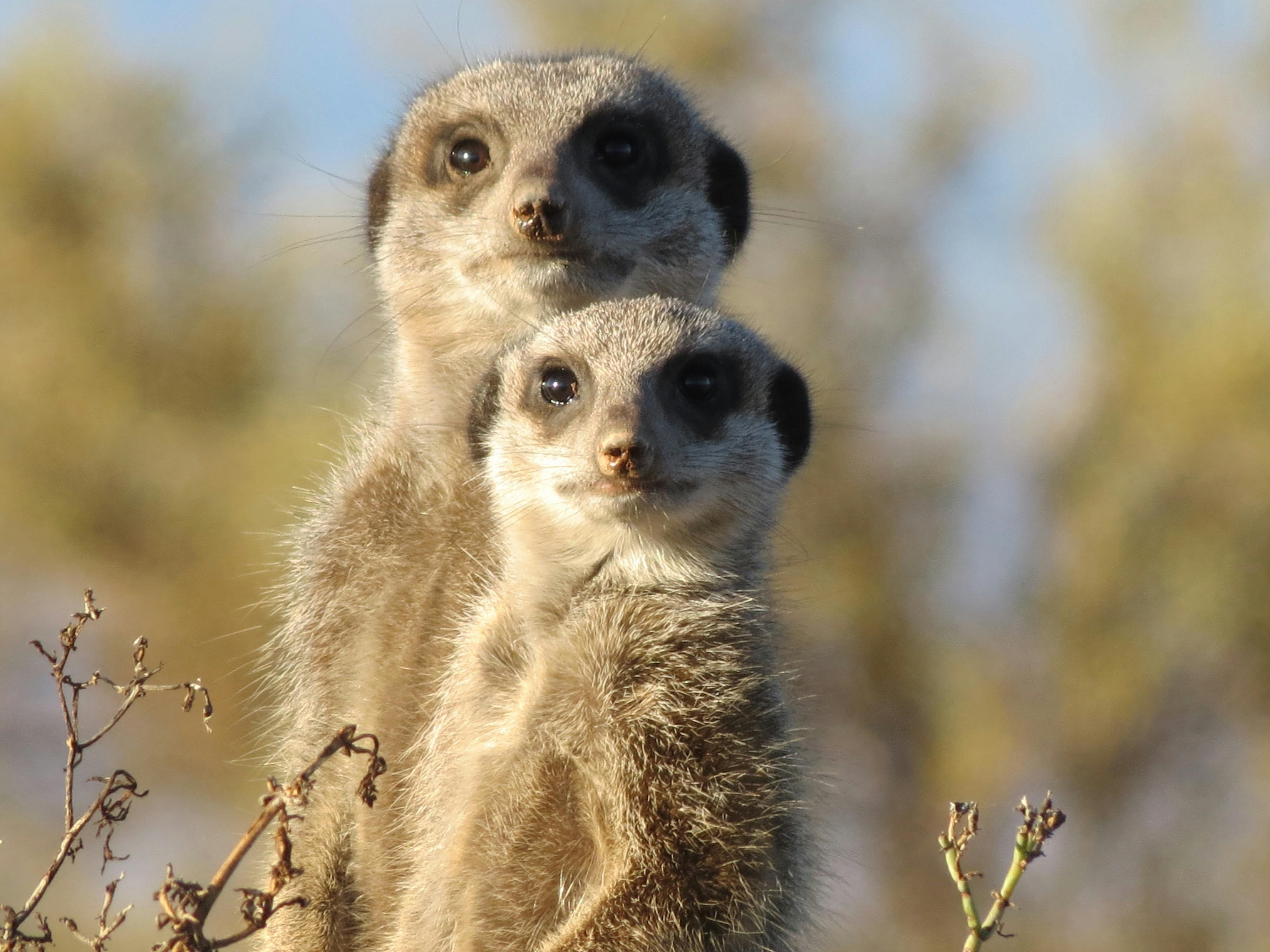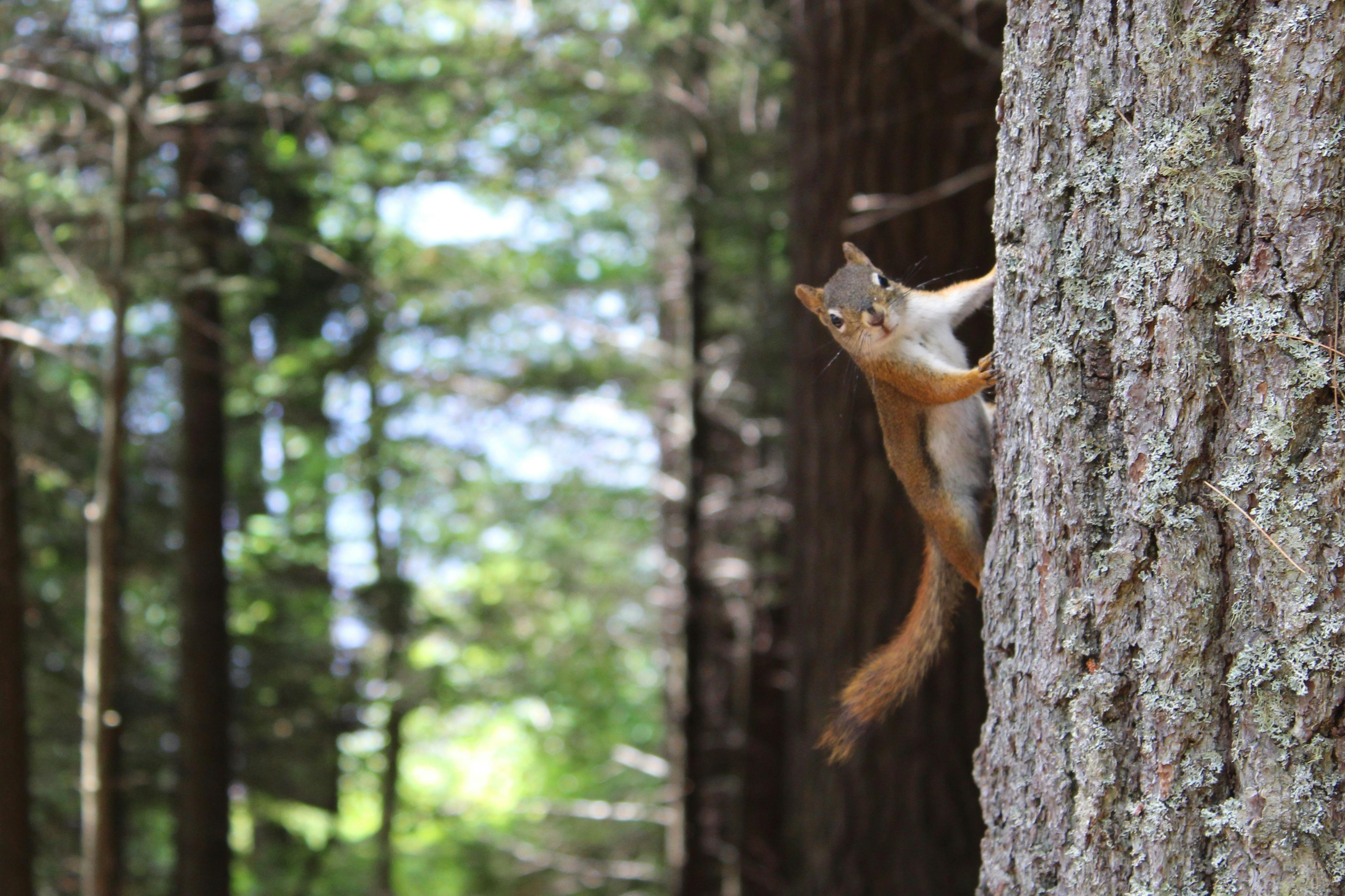The Intriguing Social Behavior of Meerkats
Meerkats, charming creatures hailing from the African Savannah, are well-known for their complex social behaviors. This article delves into the intricacies of their social structures, recent insights into their interaction dynamics, and the implications of these behaviors on their survival and evolutionary progress.

The Origin and Habitat of Meerkats
Meerkats, or Suricata suricatta, are small mammals that belong to the mongoose family. Native to Southern Africa, these creatures have adapted to life in arid regions, including the Kalahari Desert in Botswana and the Namib Desert in Namibia. Their survival in such harsh environments can be attributed to their unique social structure and cooperation.
The Complex Social Hierarchy of Meerkats
Among the most intriguing aspects of meerkat behavior is their complex social hierarchy. Meerkat societies, known as “clans” or “mobs,” can consist of up to 50 individuals. Each mob is ruled by an alpha pair, with the female typically dominating. The alpha pair monopolizes breeding, with the female producing up to four litters each year. Subordinate females that get pregnant are usually banished from the group or their offspring are killed by the alpha female.
The Cooperative Nature of Meerkat Society
Meerkats exhibit a high degree of cooperation within their groups. They share responsibilities such as foraging, babysitting, and sentinel duty. The sentinel, usually a subordinate male, stands guard while the others forage for food. This role is crucial in providing an early warning against predators such as eagles and snakes. This behavior, known as “altruistic behavior,” is a key aspect of meerkat survival strategy, and has been a subject of interest among ethologists.
Recent Insights into Meerkat Behavior
Recent studies have revealed other fascinating aspects of meerkat behavior. For instance, it has been discovered that meerkats use a sophisticated system of vocalizations to communicate. Different warning calls signify different types of predators, and even indicate their level of threat. Moreover, research has shown that meerkats teach their young to handle prey through a process of gradual introduction, contradicting the previously held belief that such skills are innate.
The Role of Behavior in Meerkat Survival and Evolution
The complex social behavior of meerkats plays a fundamental role in their survival and evolution. The alpha pair’s control over reproduction helps maintain genetic diversity within the group. Their cooperative behavior ensures efficient use of resources and protection against predators. These behaviors have enabled meerkats to thrive in some of Africa’s harshest environments.
The world of meerkats offers a captivating glimpse into the dynamics of social animals. Their sophisticated behavior patterns, from their strict hierarchies to their cooperative roles, provide valuable insights into animal behavior and evolution. Despite their small size, these creatures are a testament to the remarkable adaptability and complexity of life in the animal kingdom.





